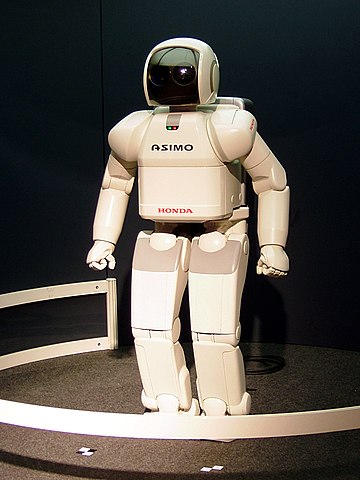Robotics is playing a transformative role in manufacturing processes, revolutionizing the way products are designed, assembled, and produced. The integration of robotic systems in manufacturing brings numerous advantages, ranging from increased efficiency and precision to enhanced safety. Here are ways in which robotics is transforming manufacturing processes:
1. Automation of Repetitive Tasks:
- Assembly Line Operations: Robots excel at performing repetitive and monotonous tasks with precision and speed. In manufacturing, robots are employed for tasks such as assembling components, welding, soldering, and fastening, which helps streamline production lines.

2. Increased Precision and Accuracy:
- High-Precision Tasks: Robots equipped with advanced sensors and control systems can achieve levels of precision and accuracy beyond human capabilities. This is especially crucial in industries where precision is paramount, such as electronics and aerospace manufacturing.
3. Efficient Material Handling:
- Material Transfer: Robots are employed for material handling tasks, including loading and unloading items from conveyors, transporting materials within the manufacturing facility, and managing raw materials and finished products in warehouses.
4. Flexible Manufacturing Systems:
- Adaptable to Change: Robotic systems, particularly collaborative robots or cobots, are designed to be easily programmable and adaptable to changes in production requirements. This flexibility allows manufacturers to quickly switch between different tasks and product configurations.
5. Quality Control and Inspection:
- Vision Systems: Robots equipped with vision systems and sensors can conduct high-speed, precise inspections of manufactured components. This helps ensure product quality by identifying defects and deviations from specifications.
6. Collaborative Robotics (Cobots):
- Human-Robot Collaboration: Collaborative robots are designed to work alongside human workers, enhancing efficiency and safety. Cobots can handle tasks that require precision and strength, while human workers focus on more complex or cognitive aspects of production.
7. 3D Printing and Additive Manufacturing:
- Additive Manufacturing Processes: Robots are increasingly used in 3D printing and additive manufacturing processes. They can precisely deposit materials layer by layer, enabling the production of complex and customized components with reduced waste.
8. Improved Workplace Safety:
- Hazardous Environments: Robots can be deployed in environments that may be hazardous to humans, such as those with exposure to toxic substances, extreme temperatures, or heavy machinery. This improves workplace safety by reducing the risk of accidents and injuries.
9. Data Analytics and Connectivity:
- Industry 4.0 Integration: Robotics is a key component of the Industry 4.0 paradigm, where data analytics, connectivity, and the Internet of Things (IoT) play a central role. Robots generate data that can be analyzed to optimize processes, predict maintenance needs, and improve overall efficiency.
The integration of robotics in manufacturing processes is an ongoing trend that continues to evolve with advancements in technology. As industries embrace smart manufacturing concepts and automation, the role of robotics is expected to grow, contributing to more efficient, flexible, and sustainable manufacturing processes.










